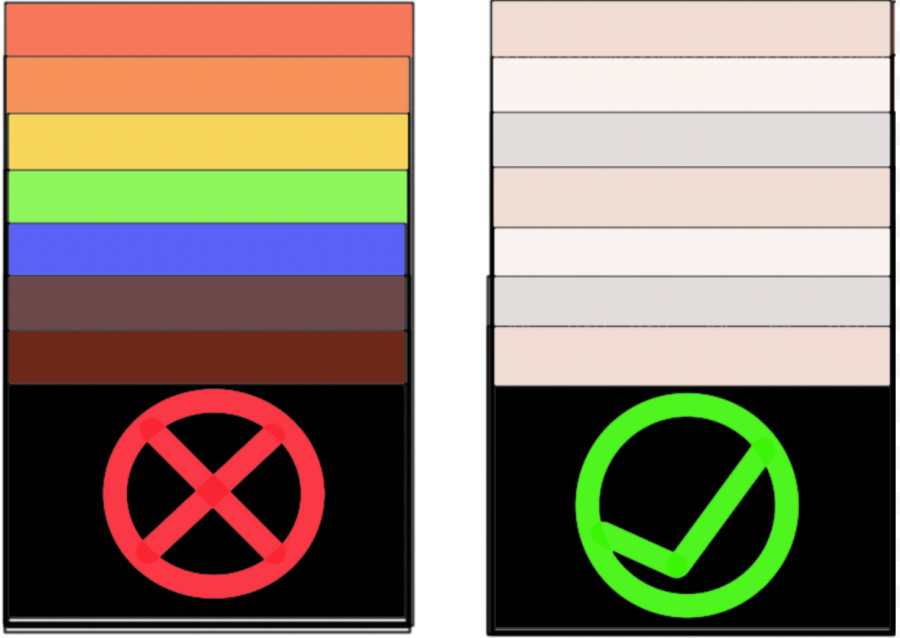Gendered products don’t come up in daily conversation for a reason; society has normalized the manufacturing and selling of these products. Gendered products, loosely defined, are products that reinforce the gender binary.
In other words, these products are either meant for “women” or “men.”
Women are used to purchasing razors, towels, and other products marketed towards “girls,” “young ladies,” or “women.” Men, on the other hand, look out for products that proudly label themselves as “manly,” “for boys,” or “masculine.”
Products marketed towards women also tend to be obnoxiously decorated in shades of pink and purple, an obvious contrast from the blues and black of “male” products.
Gendered products harbor a slough of issues, the most prominent one being the gender stereotypes that are reinforced with the distribution of these products.
For instance, products marketed towards males tend to reinforce the stereotype that men are inherently more masculine and dominant over women. One can only imagine the shame men who do not fit the “manly man” standard feel when they reach for “masculine” razor blades.
In a world where women have proven time and time again that they are capable of success and of possessing dominant personalities, gendered products sabotage these qualities by handing them over to men. One can then infer that products geared towards women reinforce stereotypes of passivity, fragility, and dependency.
Yes, there are men and women who are comfortable having these traits, but gendered products ultimately cage these individuals in, as opposed to promoting honest self-expression.
Another issue with the distribution of gendered products is the blatant number of products that are unnecessarily gendered.
These products range from ear plugs, teas, pens, hammers, to other everyday items. Items like pen and ear plugs are not exclusive to one gender, so why treat them that way? It is evident that these gendered products are created to maximize profits, but why do we give in to buying them?
An important factor to acknowledge is the price differences between gendered products. Products geared towards a female audience tend to be more expensive than those directed towards male consumption.
This is more formally known as the Pink Tax, which refers to the extra amount of money women are charged when buying products identical to male products.
Sure, this may mean women pay only fifty cents or a couple of dollars more than men, but annually, those who buy products geared towards women are spending over 1000 dollars more than they would if they were buying products marketed towards males.
What can we do as a society to stop the distribution of gendered products? Becoming informed of the issue in the first place is a great first step, but choosing to buy from brands who do not employ these cheap selling tactics is perhaps the most practical choice.
While consumers are not responsible for the marketing choices brands choose to make, we must hold ourselves accountable and avoid buying products that perpetuate outdated stereotypes.
Stop buying gendered products
March 30, 2017
0
More to Discover








































































































